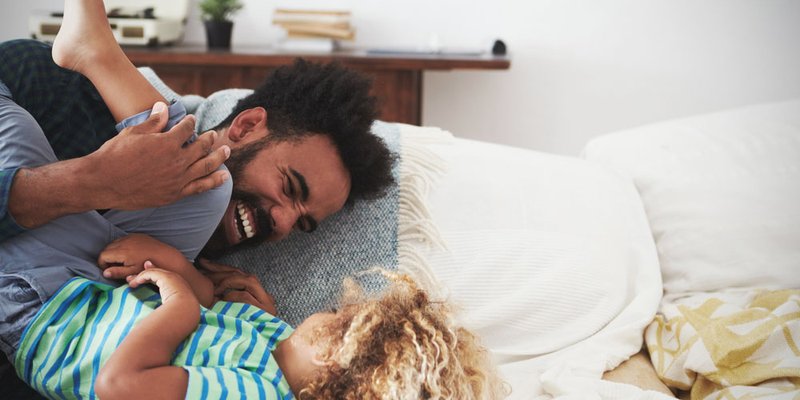
If you are not redirected within 30 seconds, please click here to continue.
Samedi: 10h – 16h HAE

If you are not redirected within 30 seconds, please click here to continue.
If you are not redirected within 30 seconds, please click here to continue.
Our national sport is great for many things: keeping us busy and active in the winter, creating Canadian superstars, and engaging kids in exercise.
But hockey has a major downside: it’s expensive. Many families can’t afford kids hockey at all, or can't get their kids on the ice as often as they’d like.
This current NHL lockout isn’t helping: it’s just reminding cash-strapped families that our most beloved sport comes with some serious dollar signs attached.
How Much Are Hockey Fees?
Surprise, surprise: it varies. Oshawa NASC Hockey says costs are between $350 and $670 for a season of rec league, and slightly more for rep, depending on a kid’s age.
Meanwhile, the Greater Toronto Hockey League (GTHL) charges about $5,000 for its most elite level AAA league.
My own son plays rec hockey at an arena at the end of my street. I paid about $300 for an entire season for him.
The fees leagues charge is a combo of their rates for ice time and pay for refs and coaches. Ice time rates vary hugely. According to Brock Gibson, director of Ottawa-based Share the Puck, which helps kids get on the ice, “Demand drives the cost of ice and registration up.” In some communities, ice time is scarce and staff can get higher wages.
Meanwhile, rep leagues require more ice time, better coaching staff and buses and hotel rooms - so the rates can skyrocket.
Equipment Will Pad Your Costs
Kitting a kid up head to toe in hockey equipment can run into the hundreds. If you visit a used store such as Play it Again Sports, you can usually get all you need for about $100. The same goes for larger stores like Canadian Tire, which will sell you full-body gear in the $100 range in a kit; then, you'll need to buy a helmet, stick and skates.
Basic skates cost between $30 used and $65 new, and it goes way up from there for new, high-end skates.
You usually need to replace skates once a year because your kid’s feet will grow. The rest of the equipment such as sticks, helmet and much of the protective gear can usually fit for a few seasons. Eventually, you’ll need to go up a size, plus some pieces will wear over the course of a season. Teams always give your kid a new jersey each season, the cost for which is reflected in your registration fee.
Savings Tip: If you're constantly shelling out for gear, consider a credit card with rewards created especially for sports parents. The ScotiaHockey NHL Visa earns five points on the dollar for purchases at SportChek (and one point everywhere else). Points can be redeemed for NHL merchandise or event tickets at shop.canada.NHL.com. You can even customize your card to your favourite team!
Help For Hockey Parents
A growing group of non-profit organizations are working to get kids on the ice who otherwise would not be able to afford it.
Their main client base is low-income kids, particularly those from immigrant families where hockey was not a cultural tradition and where the fees and equipment costs are just not realistic.
Share The Puck launched in spring 2012. It started with offering 35 kids free skating lessons. Its goal is to expand to support 400 kids get out playing the sport this season.
Meanwhile, groups like Hockey Canada, via its One Goal program, and large leagues like the GTHL, have programs to help offset hockey’s costs and get kids in free or inexpensive equipment.
“As awareness of these types of programs continues to grow, we are likely to see more partners, sponsors and supporters, which will allow these programs to succeed,” says Gibson.
What's the Payoff of Playing?
Why support a non-profit program, or shell out money for hockey? After all, it's a pricey endeavour - and there are plenty of other sports in the sea.
Gibson argues that the games teaches kids about: commitment, as you have to stick with it once you’ve joined a team; honesty when you play by the rules; integrity as you learn to play as a team and community as you work with others. And that’s the most important point, he says. “Giving youth the ability to participate also gives them the ability to build friendships and relationships they otherwise wouldn’t.”
This is why non-profits do focus on new Canadians and low-income families who might not just be lacking in programs, but might be struggling to find their place socially among others who have so much more.
Get Your Kids On The Ice For Less
If you want your kid to play hockey (or any other sport or activity for that matter), here’s here are a few ways to get them out there:
- Shop around for affordable programs through the city or smaller arenas that charge less.
- Spend time at free skate sessions with your kids. It will help them to skate better (and avoid pricey lessons), but also socialize with the other kids there and get in some family time too.
- Go for used equipment. Kids might pressure you to buy brand new, but the used stores have great equipment and often well-trained staff who will help you more than those at the big-box stores.
- Play street hockey. Before the winter hits, you can still get in some time on the driveway or the back alley hitting a ball around. Your child’s improved stick handling skills will help once he or she gets on the ice.
- Avoid rep leagues. It might be tempting to joint the rep leagues if your kid is getting passionate about hockey, but this type of hockey is so much more expensive and time consuming for your family.
Get money-saving tips in your inbox.
Stay on top of personal finance tips from our money experts!











